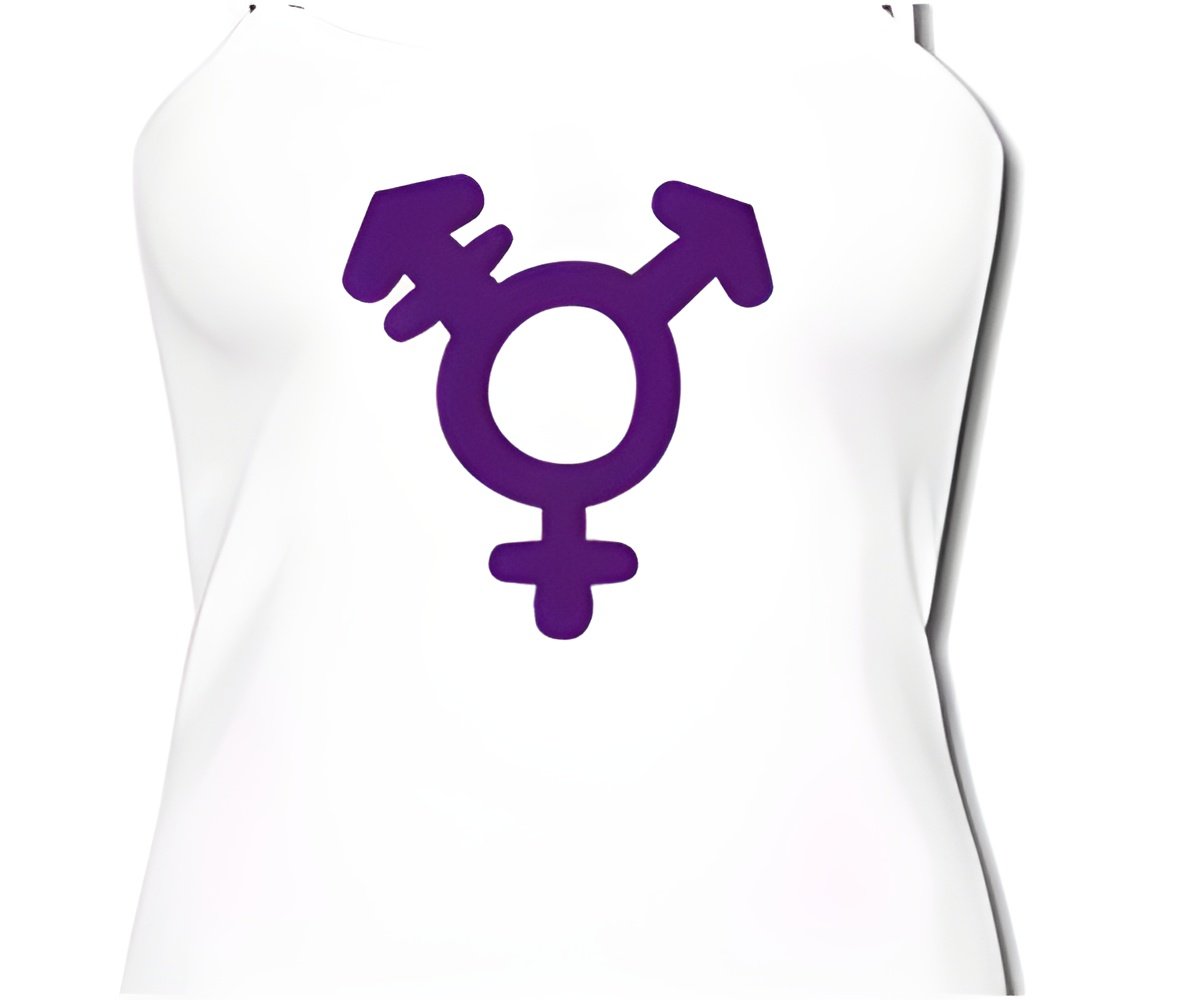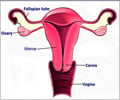With the growing number of transgenders among adolescents, a review published in CMAJ for the physicians that aims at providing care to the vulnerable group.
A review for primary care physicians published in
CMAJ (Canadian Medical Association Journal), aims to provide care to the growing number of identified transgenders among adolescents. The review seeks to manage gender dysphoria in the transitioning youth through social and medical approaches.//
"The hallmark of care will remain a thoughtful, affirming, well-reasoned individualized approach that attempts to maximize support for this vulnerable population, as youth and their caregivers make complex and difficult decisions," writes Dr. Joseph Bonifacio, Department of Pediatrics, St. Michael's Hospital, Toronto, Ontario, with coauthors.
TOP INSIGHT
The rate of gender dysphoria is quite high among adolescents than adults with 1.2 to 4% of adolescents identify their gender identity as different from their birth gender.
Gender dysphoria is "the distress experienced by an individual when their gender identity and their gender assigned at birth are discordant." Although precise numbers are unknown, studies from other countries indicate that 1.2% to 4.1% of adolescents identify as a different gender identify from their birth gender, a rate higher than in the adult population.
A recent Canadian study found that less than half of transgender youth are comfortable discussing their health care needs with their family doctor.
"Ideally, the approach to youth with gender dysphoria revolves around collaborative decision-making among the youth, family or guardians, and care providers," writes Dr. Bonifacio, with coauthors. "The youth's voice is always paramount."
The review follows the Endocrine Society's guideline recommendation that medication to suppress puberty, which allows youth to explore their changing gender identity, should not be used before puberty.
"Some youth find that their dysphoria abates as puberty starts, making it important to allow initial pubertal changes to occur," writes Dr. Bonifacio. "On the other hand, some youth may find their gender dysphoria increases with puberty, corroborating their need for further care."
As this is a relatively new field, there are gaps in the research base, such as the number of nonbinary youth who identify outside male-female genders and data on adolescents requesting surgery. The authors also note that ethnocultural diversity is underrepresented in study populations and in their clinics in the large city of Toronto, and needs to be better understood.
"Accessing optimal individualized care may be difficult for certain populations, making it important that generalists are supported to increase their capacity to care for youth with gender dysphoria and to liaise with other professions to support families," write the authors.
The review also includes quick-reference boxes of definitions, criteria to diagnose gender dysphoria and resources for children, caregivers and clinicians.
Source-Eurekalert

 MEDINDIA
MEDINDIA




 Email
Email




